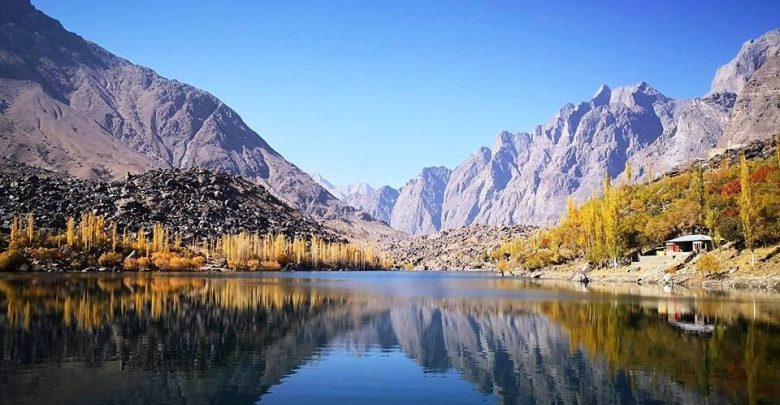The climate of Gilgit Baltistan, Pakistan

The climate of Gilgit Baltistan, Pakistan as a whole is cold and dry. Here, from the beginning of April to the third week of June, the spring season is at peak. Then there is the summer season until the end of August and the fall season from early October to the end of October and the winter season from November to the end of March.
Maximum and Minimum temperature in Gilgit Baltistan
The maximum temperature during spring is between 10 and 20 degrees Celsius. On hot days, the maximum temperature is usually 35 degrees Celsius. Occasionally there is an unusual heat. On such occasions, mercury rarely rises to 43 degrees Celsius.
In the last days of autumn, the temperature drops to freezing point and in winter it averages between a minimum of minus 18 degrees Celsius and a maximum of 4 degrees Celsius and in the extremely cold days of January-February
The climate of Gilgit Baltistan: Skardu Weather
In Skardu, The minimum temperature ranges between minus 27 degrees Celsius and the maximum minus 4 degrees Celsius, while even high altitude places the temperatures drop to minus 35 degrees Celsius.
The Villages of Baltistan are located at an altitude of 1830 meters to 3350 meters above sea level. According to the information provided by Japan’s Heroki Fujita, Skardu city is 2300 meters above sea level, Khaplo village is 2560 meters above sea level, Shigar is 2330 meters above sea level and Kharmang is 2540 meters above sea level.
Rainfall is rare in the spring season, although it is desperately needed for crops during this time. But in the last days of summer and early autumn, there is usually more rain, which causes severe damage to crops and fruits.
Rainfall
Per year Rainfall is between 1270 meters (3 to 5 inches). In winters, snow accumulates between 1336 meters (three to seven feet) on the high altitude areas and one foot in low altitude areas. While with the Deosai plateau and the mountains are covered with snow. Hail rarely falls here.
There are many hurricanes in Baltistan. Skardu and its environs Thorgo winds continue to blow for most of the year in. These storms are dust storms that move at speeds of 30 to 80 kilometers (20 to 50 miles per hour). The temperature rises while it falls in Deosai.
Read also: Climate change: The biggest problem of Gilgit Baltistan
